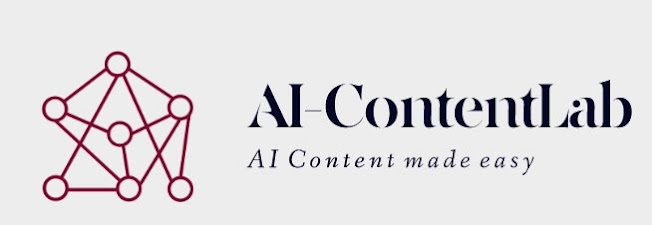Artificial intelligence is reshaping the world . This technology is changing the way we handle our daily tasks. Deep learning is one method to go toward artificial intelligence and it has so far shown great significance when applied to various areas, from medicine to computer vision. However, deep learning showed also that it can be used to harm or help in fraudulence, depending on how it is applied. One example of this is what is called Generative adversarial learning . In 2016, generative adversarial networks (GANs) were presented to the world, and since then many versions of these networks were developed. A GAN can be defined as a machine learning model that consists of two neural networks competing with each other. These two networks are called generator and discriminator, and each has a different role; one is for generating images from random noise given as input, while the latter is for detecting whether the ge

We’re tech content obsessed. It’s all we do. As a practitioner-led agency, we know how to vet the talent needed to create expertly written content that we stand behind. We know tech audiences, because we are tech audiences. In here, we show some of our content, to get more content that is more suitable to your brand, product, or service please contact us.